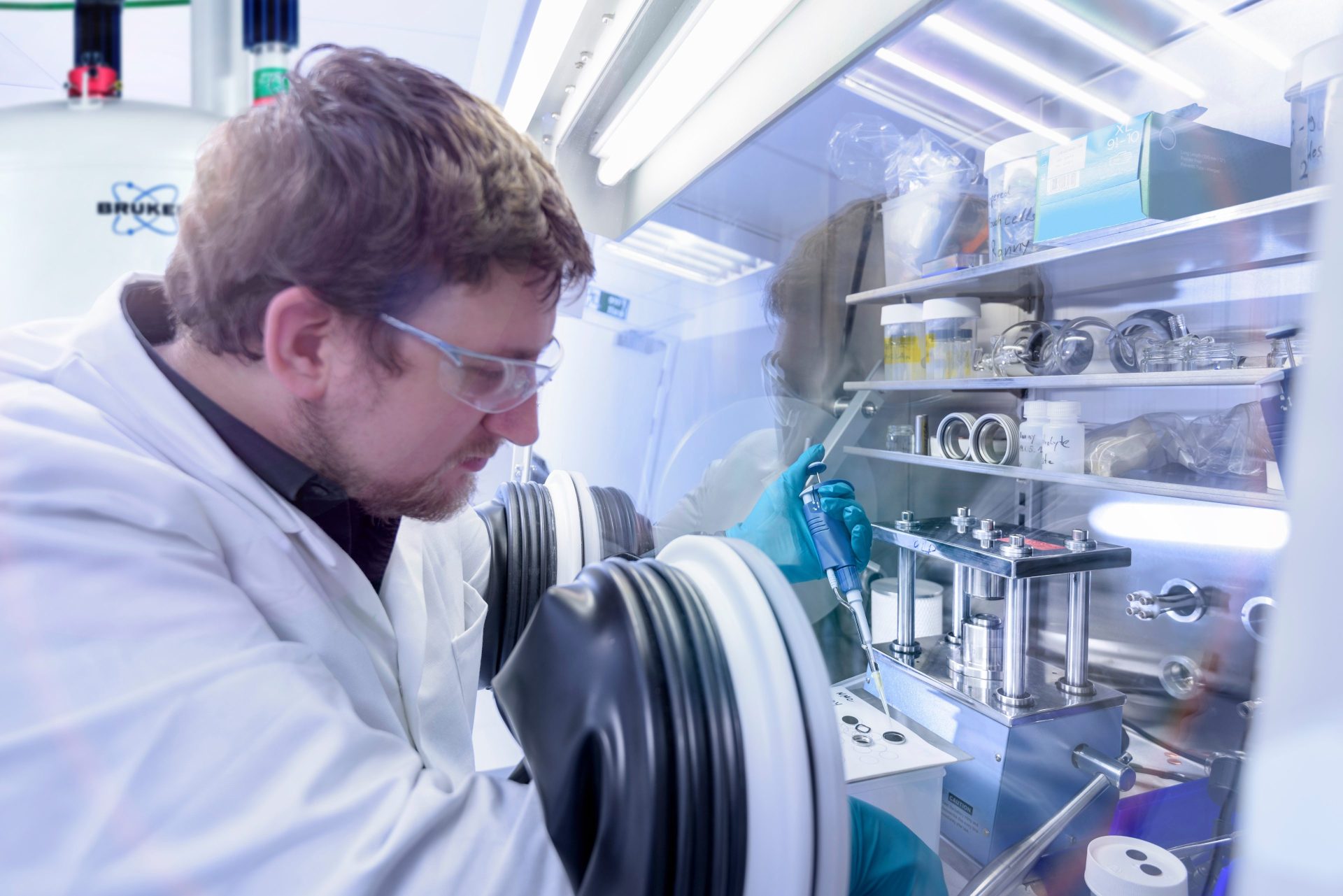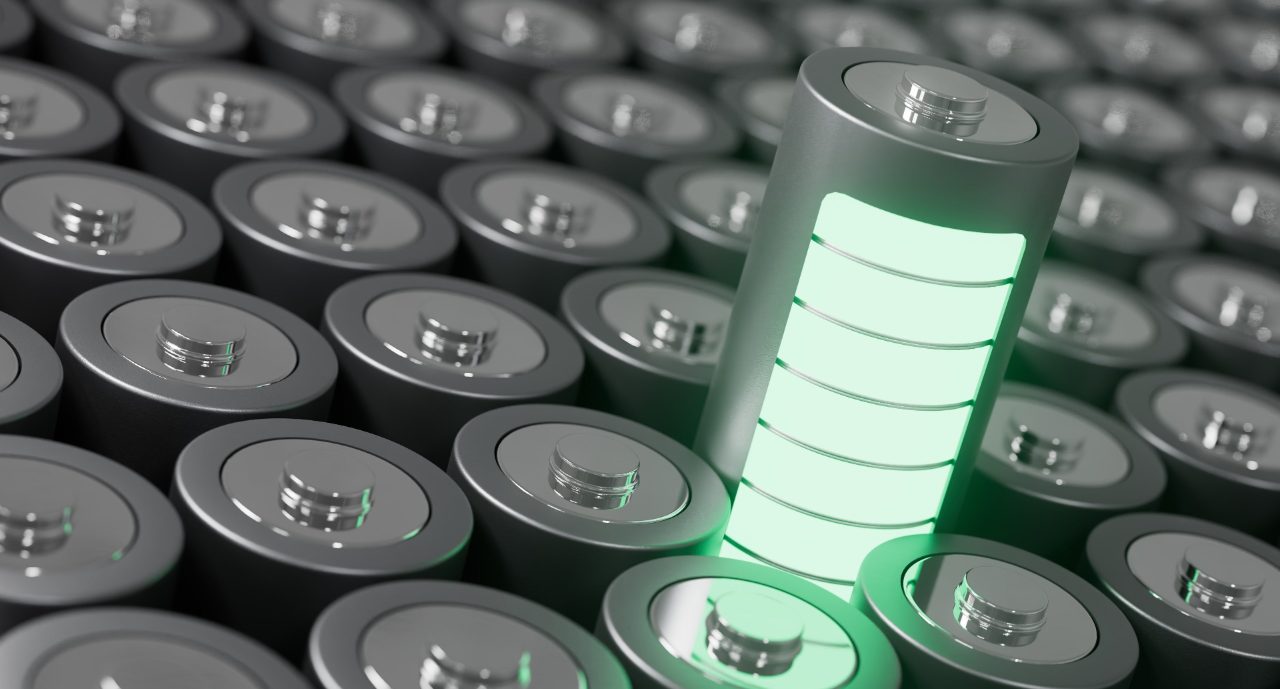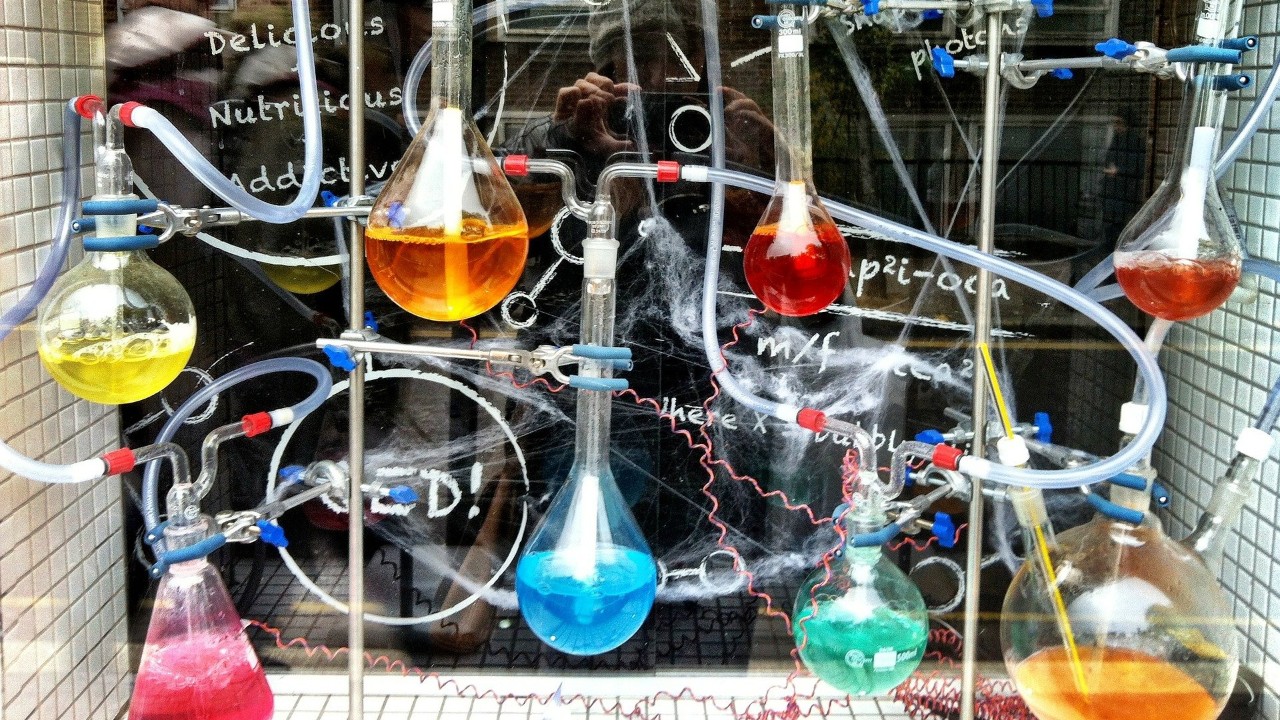

Power packed – the potential of NMR in lithium-ion battery technology
The value of lithium-(Li) ion batteries
The advantage of lithium-(Li) ion battery (LIBs)
Since the development of the first lithium-(Li) ion batteries (LIBs) in the 1970s, and the commercial availability of the first rechargeable battery launched in 1991 by Sony,1 life today without portable power would be unimaginable. The launch of the LIB-powered iPhone in 2007 changed the face of mobile technology forever.
LIBs offer the highest energy density of all types of batteries and therefore have strong potential both in improving performance and reducing environmental impact.
Rechargeable LIBs depend on chemical energy being converted to electrical energy, and vice versa, through the movement of ions and electrons in an electrolyte between two electrodes – the anode and the cathode.
During discharge, Li-ions carry the current within the battery from the anode to the cathode through the electrolyte and separator. When charging, an external electrical power source applies a higher voltage than the battery produces, forcing a charging current to flow within the battery from the cathode to the anode. The Li-ions then move from the cathode to the anode, where they are effectively held for future release.
Discovering the batteries of the future with NMR
In battery development, improving a battery’s internal resistance by improving target ion mobility can enhance performance, by using molecular additives for example. The internal resistance of a Li-ion battery depends on the mobility of the ions in the battery ionic liquid. Pulsed gradient spin echo (PGSE) nuclear magnetic resonance (NMR) can be used to gain a deep understanding of resistance by measuring the mobility of different ions separately, independently and in situ.
This is achieved by measuring the diffusivity of different nuclei, including 1H, 19F, and 7Li over a wide range of temperatures using a Bruker 500 MHz WB ADVANCE III HD spectrometer with a DiffBB inverse probe and GREAT60 gradient amplifier in a fully automated experimental conditions. The DiffBB is a broad gradient probe optimized for strong gradient pulses for variable temperature measurements in the range of -40°C to +150°C.
PGSE diffusion shows new possibilities in the field of Li-ion battery research, particularly with the new automated measurement system introduced by the DiffBB probe, set to pave the way to new discoveries in battery technology and power our sustainable future.
References
- The history of battery technology: evolution of energy storage, Lion Smart. https://lionsmart.com/history-of-battery-technology/



